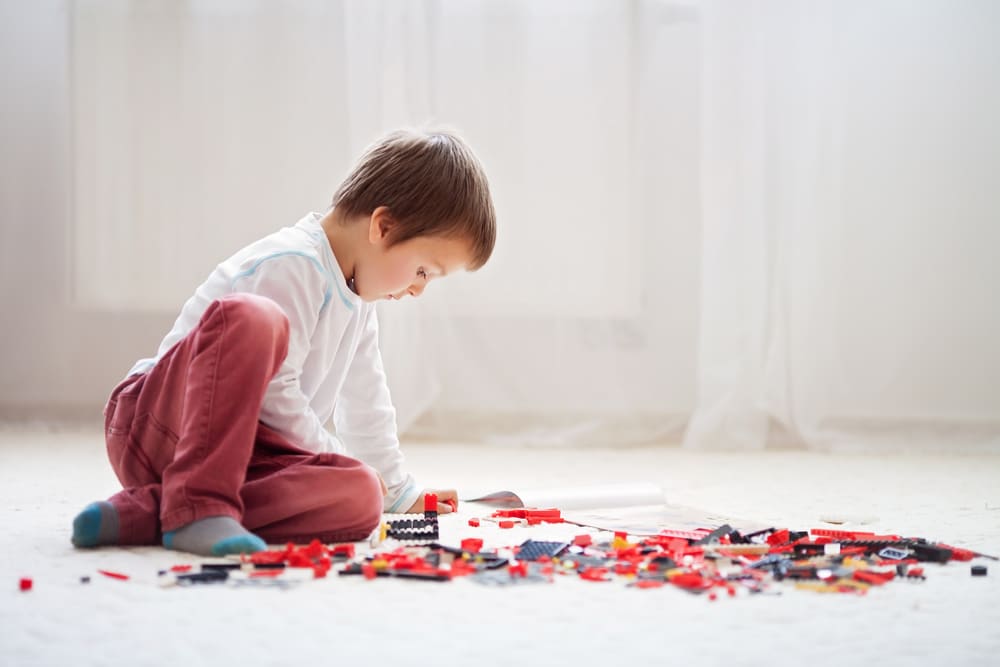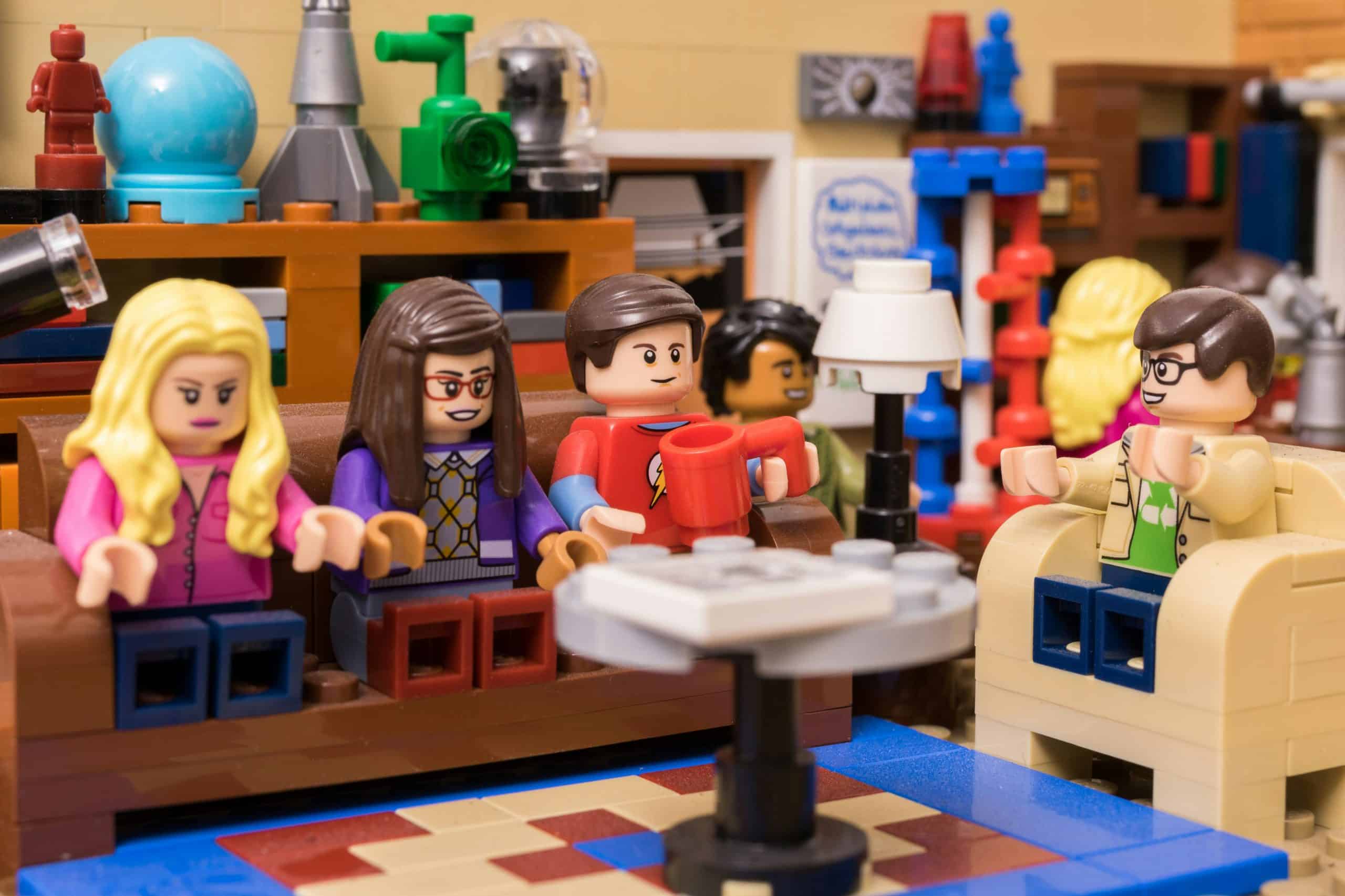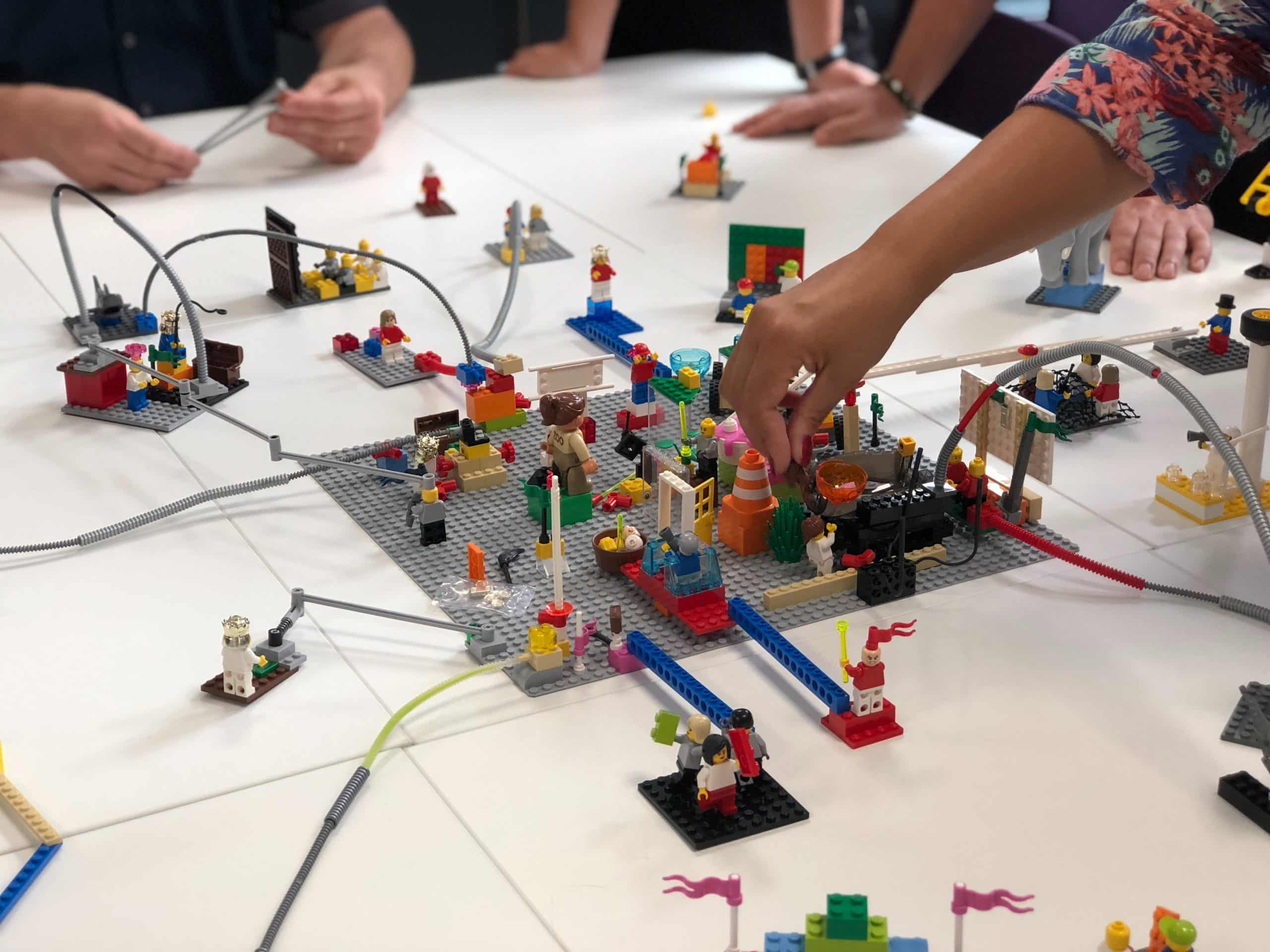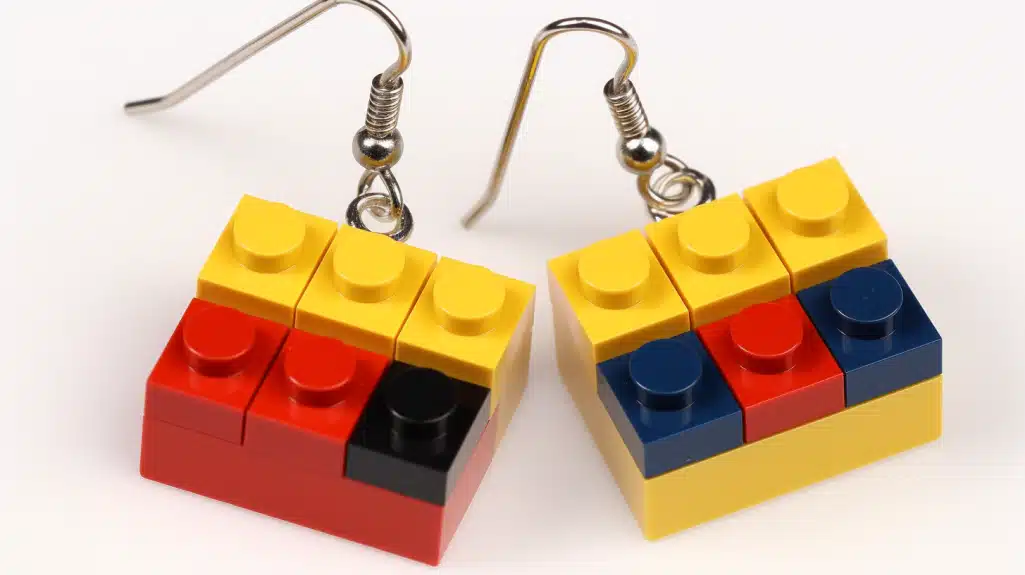
New LEGO® Harry Potter Sets for 2024 Unveiled – Including a Fully Functioning Talking Sorting Hat!
Greetings, wizards and witches! Prepare your wands and broomsticks because LEGO has conjured up some enchanting surprises for the Harry Potter universe in 2024. Among






